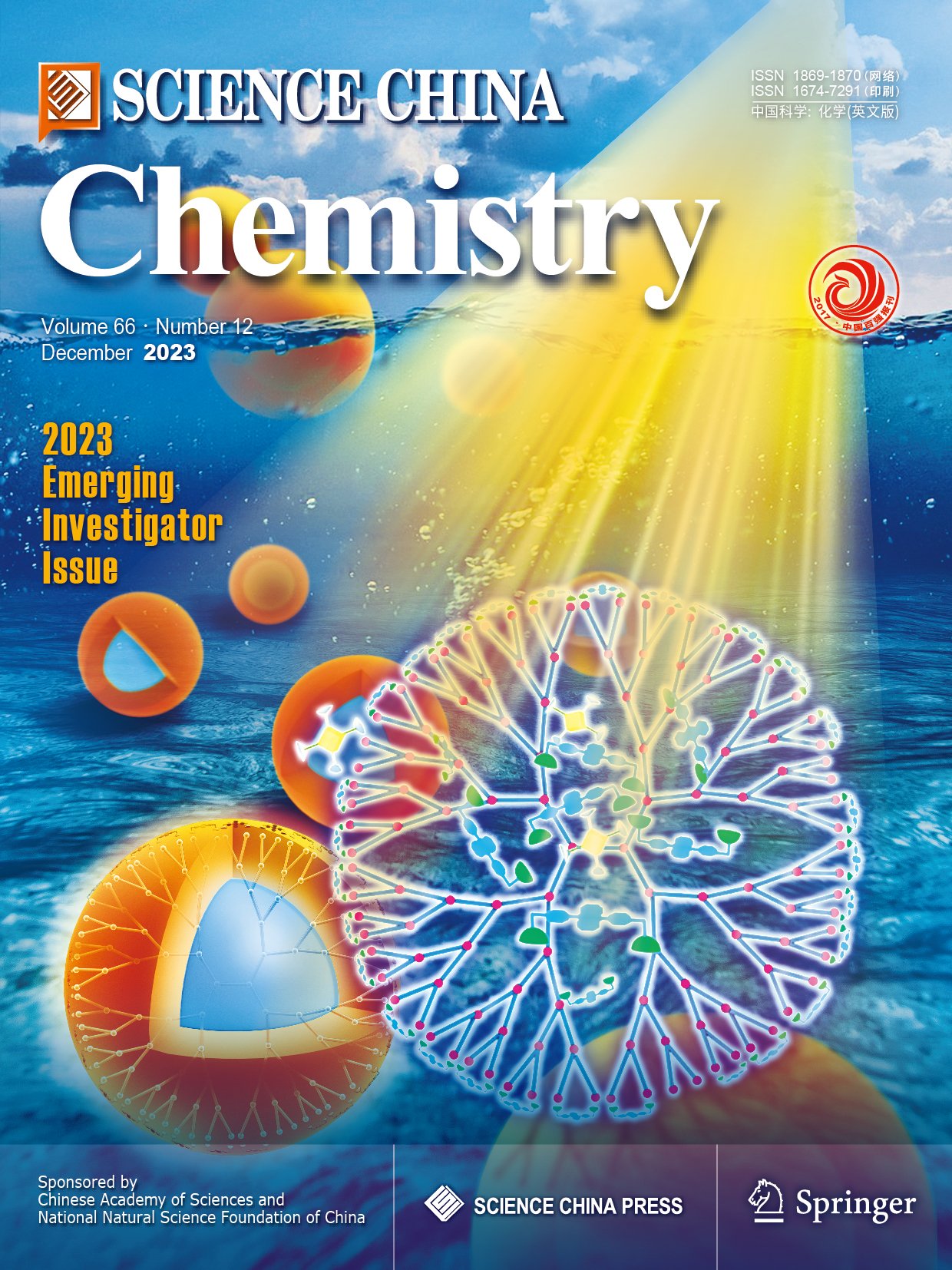Breaking the concentration quenching limit of lanthanide emitter through multi-coupling of confined quasi-0D & 2D energy migration
Abstract
The widespread applications of lanthanide-doped materials have fuelled a growing demand for precise control over the luminescence characteristics of these materials. However, the limitation imposed by concentration quenching remains a major obstacle in achieving efficient luminescence from lanthanide-doped materials. Herein, a novel strategy utilizing Sc2O3:Ln3+ microflowers to enable confined energy migration in both microscopic quasi-zero-dimensional (0D) and mesoscopic two-dimensional (2D) multi-coupling systems is proposed to overcome the concentration quenching limit of lanthanide emitters and achieve a remarkable doping amount of 48.14% on a single particle without resorting to complex core/multishell structure. Mechanistic studies reveal that the multi-confinement structure effectively restricts the range of energy migration and significantly reduces excitation energy migration to defects. Based on these highly doped Sc2O3 microflowers, full spectrum and power-dependent tunable multi-color lanthanide emission in a single particle is successfully achieved. Furthermore, the 2D-encoded patterns derived from these microflowers hold great promise for anti-counterfeiting applications. Our findings emphasize the multi-coupling of confined quasi-0D & 2D energy migration within a well-designed structure, providing valuable insights into concentration quenching mechanisms. This also opens up new opportunities for multi-level anti-counterfeiting systems and information security.

 求助内容:
求助内容: 应助结果提醒方式:
应助结果提醒方式:


